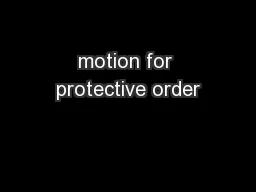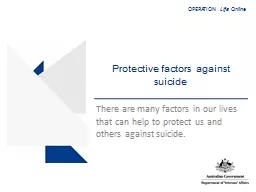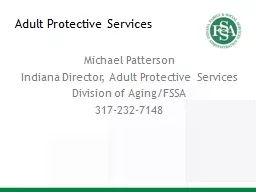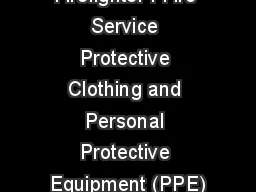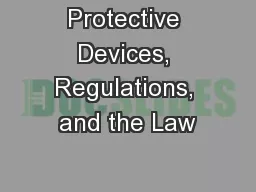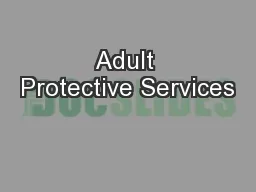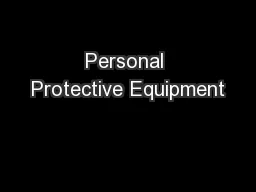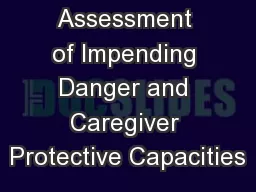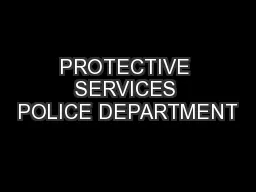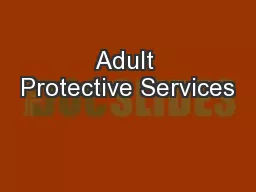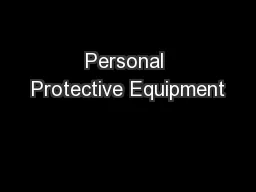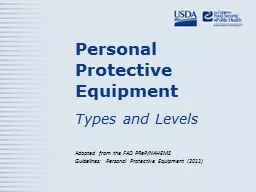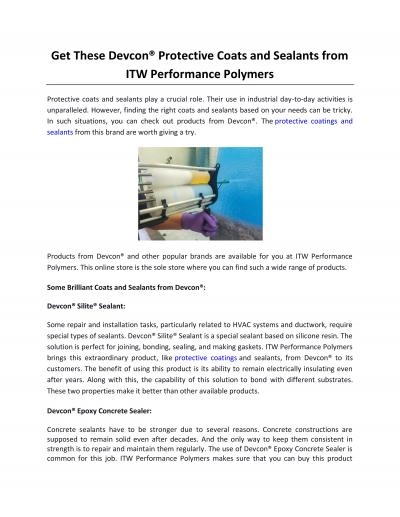PPT-motion for protective order
Author : lindy-dunigan | Published Date : 2016-07-01
filed by State Farm in rigsby qui tam Branch Qui Tam Defendants discovery plan filed In the original Complaint and in the First Amended Complaint Relators
Presentation Embed Code
Download Presentation
Download Presentation The PPT/PDF document "motion for protective order" is the property of its rightful owner. Permission is granted to download and print the materials on this website for personal, non-commercial use only, and to display it on your personal computer provided you do not modify the materials and that you retain all copyright notices contained in the materials. By downloading content from our website, you accept the terms of this agreement.
motion for protective order: Transcript
Download Rules Of Document
"motion for protective order"The content belongs to its owner. You may download and print it for personal use, without modification, and keep all copyright notices. By downloading, you agree to these terms.
Related Documents

